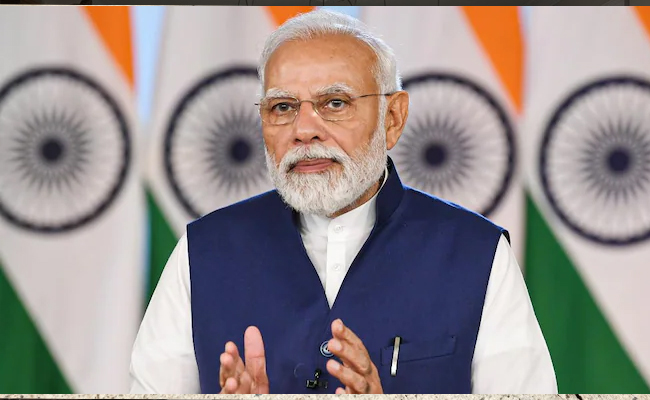Bengaluru, Nov 25: Union Minister of State for Agriculture and Farmers' Welfare Shobha Karandlaje on Friday said the Mangaluru blast accused had got 'Islamic State training' and had imparted the same to more than 40 people.
Terming the information available about the blast accused Mohammed Shariq (24) as scary, she said the accused came out on bail in the anti-India graffiti case because intense investigation did not take place.
The graffiti case refers to slogans praising terror groups that had surfaced on some public walls in Mangaluru city in November 2020. Shariq was arrested in connection with the case and later released on bail.
"He (Shariq) had given ISIS training to more than 40 people. There is information that he himself got ISIS training," Karandlaje told reporters here.
According to her, the suspected cooker bomb that exploded in a moving autorickshaw was meant for targeting the Kadri Manjunatha Swami Temple in Mangaluru.
Maps of many temples in Mangaluru and its surrounding areas were found from Shariq, the Union Minister said adding that the accused had charted out a plan for it.
The objective of the blast accused was to create communal clashes in coastal Karnataka, explosion in temples and create problems for various leaders, Karandlaje claimed.
The BJP leader also said that in the coastal region of Kerala and Karnataka, people trained by ISIS in Syria and the members of the banned outfit Popular Front of India are involved in terrorist activities.
The minister appealed to the state police to cooperate with the National Investigation Agency (NIA) in providing them necessary infrastructure and desired information to arrest the terrorists.
On November 19, an explosion took place in an autorickshaw which the police called a terror act after the probe.
The state government has handed over the case to the NIA for further investigation.
Let the Truth be known. If you read VB and like VB, please be a VB Supporter and Help us deliver the Truth to one and all.
Ullal: The body of a 51-year-old physical education teacher was found in a well at his residence in Kondana, under the limits of Kotekar town, on Friday evening.
The deceased has been identified as Prabhakar Jogi, who was serving as a physical education teacher at the Government School in Kallarakodi, Naringana village. Police suspect that he may have died by suicide, allegedly due to health-related issues.
According to police, Prabhakar had dropped his daughter at Uchila School earlier in the day for the school anniversary programme and returned home.
He was later preparing to attend the same event along with his wife and son, when he suddenly went missing. A search was launched by family members, following which his body was found in the well located at his house.
ALSO READ: Delhi: Married man stabs lover after fight over forced abortion, arrested
Police said that Prabhakar Jogi was reportedly suffering from a neurological disorder. He had served in several schools across Ullal taluk and was actively involved in organisations of physical education teachers.
Ullal police visited the spot, conducted an inspection and sent the body for post-mortem examination.
In his complaint to the police, Prabhakar’s son, Sai Tejas, stated that his father had jumped into the well and that there was no suspicion surrounding the death.
Based on the complaint, a case has been registered and further investigation is underway.





